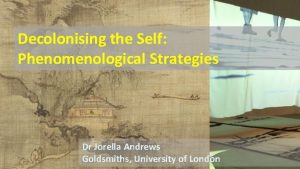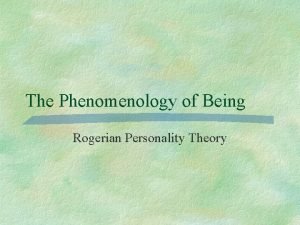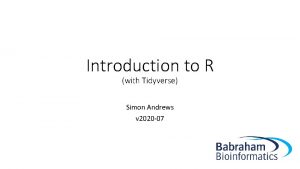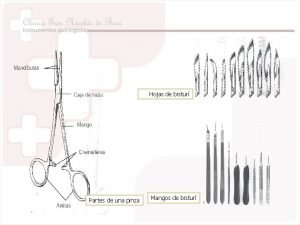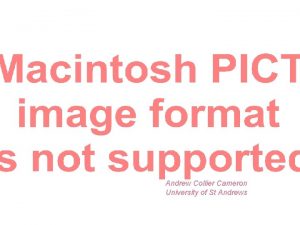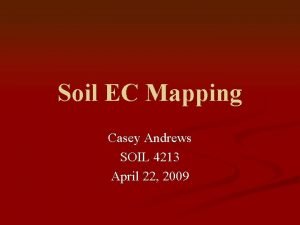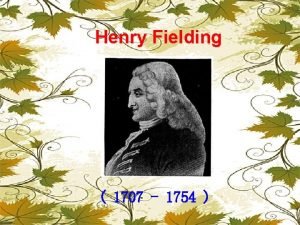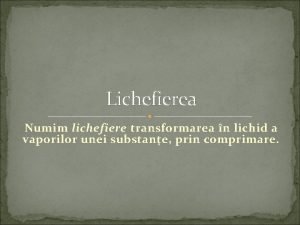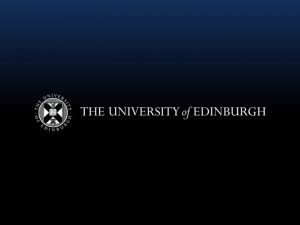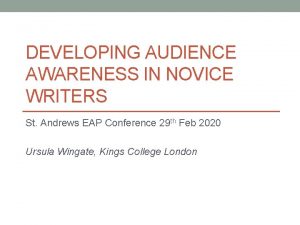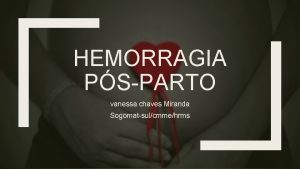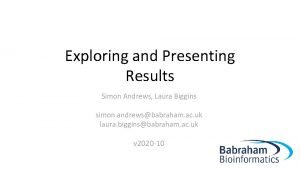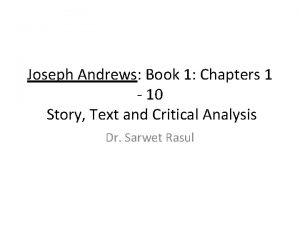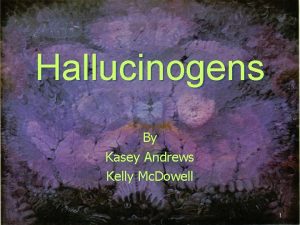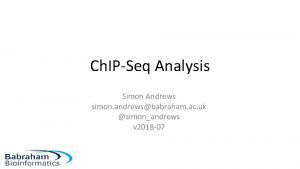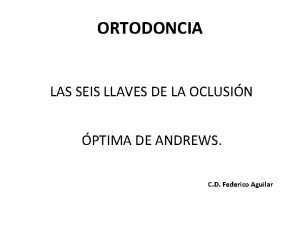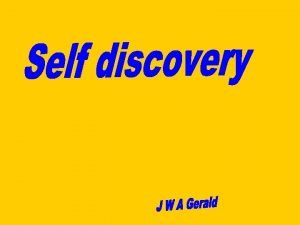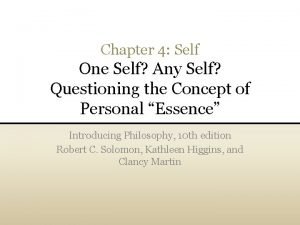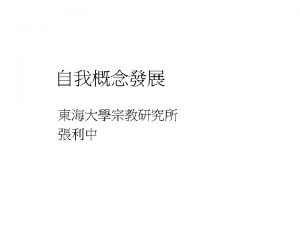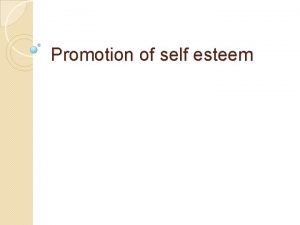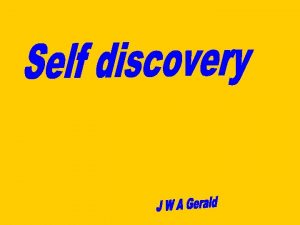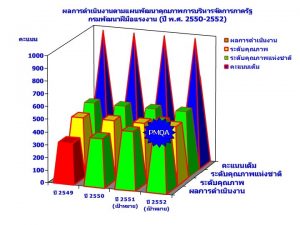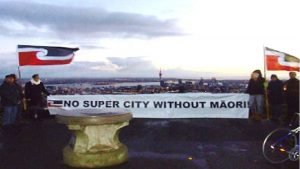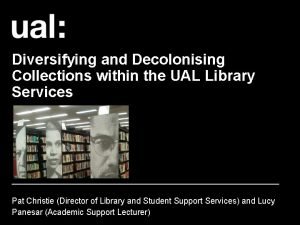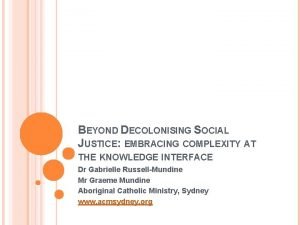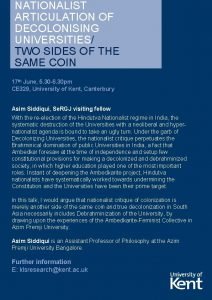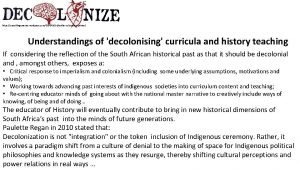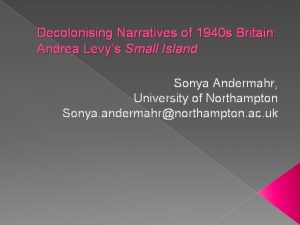Decolonising the Self Phenomenological Strategies Dr Jorella Andrews


![… [it was necessary that he] oblige himself to make his way in semi-obscurity … [it was necessary that he] oblige himself to make his way in semi-obscurity](https://slidetodoc.com/presentation_image_h/33c2d24f89a73f070d0ffcb89637e320/image-3.jpg)
















![We live in intersubjectivity … [A] world with several compossible entrances; we are one We live in intersubjectivity … [A] world with several compossible entrances; we are one](https://slidetodoc.com/presentation_image_h/33c2d24f89a73f070d0ffcb89637e320/image-20.jpg)







![Description Transcription Ekphrasis Paraphrase Enactment Mapping Listing […] Description Transcription Ekphrasis Paraphrase Enactment Mapping Listing […]](https://slidetodoc.com/presentation_image_h/33c2d24f89a73f070d0ffcb89637e320/image-28.jpg)





- Slides: 33

Decolonising the Self: Phenomenological Strategies Dr Jorella Andrews Goldsmiths, University of London

Convinced that there is no privileged point whence nature, history, and being itself are unveiled, or, as he says so often, that high-altitude thinking detaches us from the truth of our situation, it was necessary at the same time that he forego the illusion of seeing his own work as a spectacle … Claude Lefort, Editor’s Foreword to Maurice Merleau-Ponty, The Visible and the Invisible, Evanston: Northwestern University Press, 1968, xxviii.
![it was necessary that he oblige himself to make his way in semiobscurity … [it was necessary that he] oblige himself to make his way in semi-obscurity](https://slidetodoc.com/presentation_image_h/33c2d24f89a73f070d0ffcb89637e320/image-3.jpg)
… [it was necessary that he] oblige himself to make his way in semi-obscurity in order to discover the interior connection of his questions, and fully comply with what demands to be said here and now without ever giving himself over to the security of a meaning already traced out, already thought. Claude Lefort, Editor’s Foreword to Maurice Merleau-Ponty, The Visible and the Invisible, Evanston: Northwestern University Press, 1968, xxviii.

Making our way in semi-obscurity

We will come to these questions by starting ‘from below’. Maurice Merleau-Ponty, The Structure of Behavior [1942], Boston: Beacon Press, 1963, 4.

Perception: “this interrogative thought which lets the perceived world be rather than posits it, before which the things form and undo themselves in a sort of gliding, beneath the yes and the no. ” Maurice Merleau-Ponty, The Visible and the Invisible: Followed by Working Notes [posthumously published in French 1964], Evanston: Northwestern UP, 1968, 102.

It is … a question put to what does not speak Maurice Merleau-Ponty, The Visible and the Invisible: Followed by Working Notes [posthumously published in French 1964], Evanston: Northwestern UP, 1968, 102.

It directs this question to our mute life Maurice Merleau-Ponty, The Visible and the Invisible: Followed by Working Notes [posthumously published in French 1964], Evanston: Northwestern UP, 1968, 102.

It addresses itself to that compound of the world and of ourselves that precedes reflection Maurice Merleau-Ponty, The Visible and the Invisible: Followed by Working Notes [posthumously published in French 1964], Evanston: Northwestern UP, 1968, 102.

Phenomenological method “is a matter of describing, not of explaining or analysing”. Merleau-Ponty, ‘Preface’, Phenomenology of Perception, London: Routledge and Kegan Paul Ltd, 1962, viii

Ding Yi, 丁乙, Appearance of Crosses 2012 -9, 2012, 300 x 300 cm, Acrylic on canvas, code: DY_6912. From the exhibition What's Left to Appear, Long Museum (West Bund), Shanghai, 2015 (curated by Shane Mc. Causland).

Perceiving describing, drawing

Kim Jongku, Mobile Landscape, 2009, steel powder, CC camera, LED projector, paper roll, dimensions variable.

The robust potential of phenomenological aesthetics Landscape with Gentlemen Visiting a Scholar in a Lakeside Pavilion, Korean, Chosŏn dynasty, first half 17 th century. Traditionally attributed to Kim Che (active mid-16 th century); perhaps by Yi Ching (b. 1581) or Kim Myŏngguk (b. 1600) Album leaf; ink and light color on silk Arthur M. Sackler Museum, Louise Haskell Daly Fund and Ernest B. and Helen Pratt Dane Fund for the Acquisition of Oriental Art, 1994. 108 © President and Fellows of Harvard College

The robust potential of phenomenological aesthetics




![We live in intersubjectivity A world with several compossible entrances we are one We live in intersubjectivity … [A] world with several compossible entrances; we are one](https://slidetodoc.com/presentation_image_h/33c2d24f89a73f070d0ffcb89637e320/image-20.jpg)
We live in intersubjectivity … [A] world with several compossible entrances; we are one for the others. Me-others hinge, which is common life, like me-my body hinge, which for me is not just weight, a curse, but also my flywheel. Accompany others, history, and not just endow it with sense by decision. Maurice Merleau-Ponty, ‘For an ontology of the perceived world, ’ Institution and Passivity: Course Notes from the Collége de France (1954 -55), Evanston: Northwestern University Press, 2010, 134.

The hermeneutic decolonising circle in phenomenological research Foreunderstanding of reader/researcher Encounter with the research material decolonising revision of foreunderstanding

Developing pre-critical phenomenological research strategies

USING PHENOMENOLOGY IN CONTEMPORARY ARTS RESEARCH & PEDAGOGY Facilitated by Jorella Andrews, Jeffrey Say & Clare Veal Funded by the Goldsmiths/LASALLE Partnership Innovation Fund


Slide from Ilga Leimanis’s workshop ‘Visualizing through Drawing’ at IAVC (International Association for Visual Culture) Conference 2018 on ‘Visual Pedagogies’

Add / Subtract / Crop / Focus / Select / Isolate Scale / Size (Bigger/Smaller) Multiply / Repeat (part or all) Organic / Geometric Contrast: intense/calm; light/dark/ big/small 2 D / 3 D Frame / Composition Explode / Parts / Deconstruct Context / audience / where? / who? / why? / when? / how? TIME / prequel / sequel / history / movement / o’clock / light & shadow […]

![Description Transcription Ekphrasis Paraphrase Enactment Mapping Listing Description Transcription Ekphrasis Paraphrase Enactment Mapping Listing […]](https://slidetodoc.com/presentation_image_h/33c2d24f89a73f070d0ffcb89637e320/image-28.jpg)
Description Transcription Ekphrasis Paraphrase Enactment Mapping Listing […]

Emergent Themes / Adapting and experimenting with IPA (Interpretative Phenomenological Interpretation) Transcript / Exploratory Comments

Words

… the philosopher knows very well that, whatever be his effort, in the best of cases it will take its place among the artefacts and products of culture, as an instance of them. If this paradox is not an impossibility, and if philosophy can speak, it is because language is not only the depository of fixed and acquired significations …

… because its cumulative power itself results from a power of anticipation or of prepossession, because one speaks not only of what one knows, so as to set out a display of it – but also of what one does not know, in order to know it …

… and because language in forming itself expresses, at least laterally, an ontogenesis of which it is a part … the words most charged with philosophy are not necessarily those that contain what they say, but rather those that most energetically open upon Being, because they more closely convey the life of the whole and make our habitual evidences vibrate until they disjoin. Maurice Merleau-Ponty, The Visible and the Invisible: Followed by Working Notes [posthumously published in French 1964], Evanston: Northwestern UP, 1968, 102.
 Jorella andrews
Jorella andrews Decolonising creative writing
Decolonising creative writing Phenomenological theory of personality
Phenomenological theory of personality Existential-phenomenological forces
Existential-phenomenological forces Differentiate your ideal self from your real self
Differentiate your ideal self from your real self Dr sarah andrews
Dr sarah andrews Dr scott andrews
Dr scott andrews Ggplot
Ggplot Tenáculo
Tenáculo Simon andrews ing
Simon andrews ing Cameron house st andrews
Cameron house st andrews St andrews and st brides high school
St andrews and st brides high school Stages of labor
Stages of labor Soil testing casey
Soil testing casey Discuss joseph andrews as “the comic epic in prose”.
Discuss joseph andrews as “the comic epic in prose”. Lichefiere
Lichefiere Mms st andrew
Mms st andrew Nature always wears the colors of the spirit.
Nature always wears the colors of the spirit. Novice audience
Novice audience Tommie lee andrews
Tommie lee andrews Dra vanessa chaves miranda
Dra vanessa chaves miranda Simon andrews reading
Simon andrews reading Rikki andrews
Rikki andrews Chris andrews northwestern mutual
Chris andrews northwestern mutual Edna andrews school hamilton nc
Edna andrews school hamilton nc Simon andrews christies
Simon andrews christies Joseph andrews book 1 summary
Joseph andrews book 1 summary Richard davidson andrews university
Richard davidson andrews university экстази cube
экстази cube Anna easter brown
Anna easter brown Simon andrews babraham
Simon andrews babraham Simon andrews babraham
Simon andrews babraham Curva de spee plana
Curva de spee plana Saint andrews criss
Saint andrews criss
